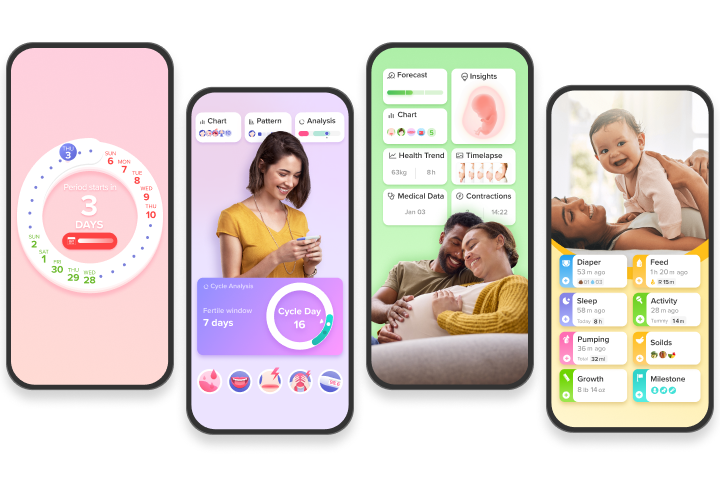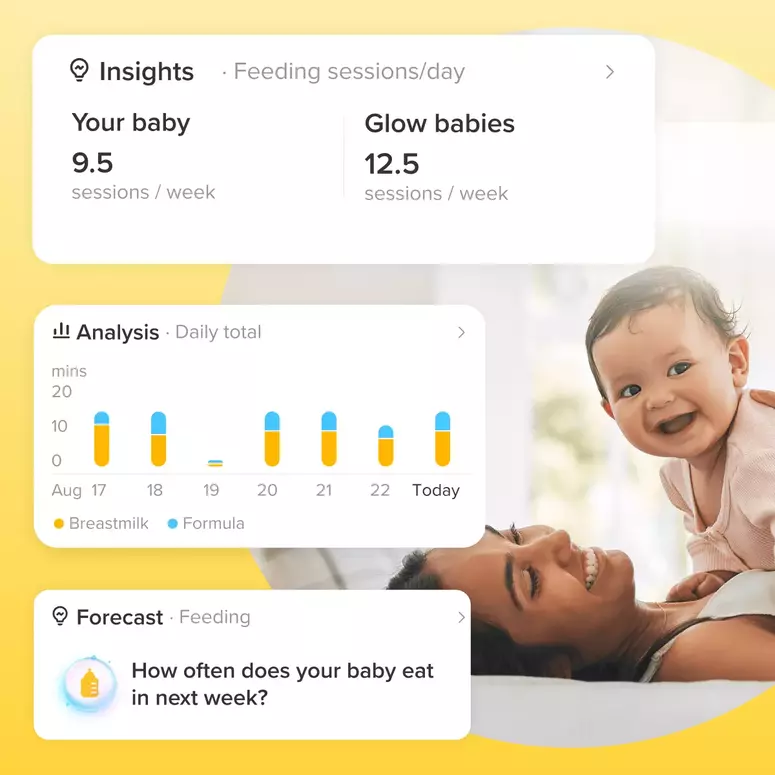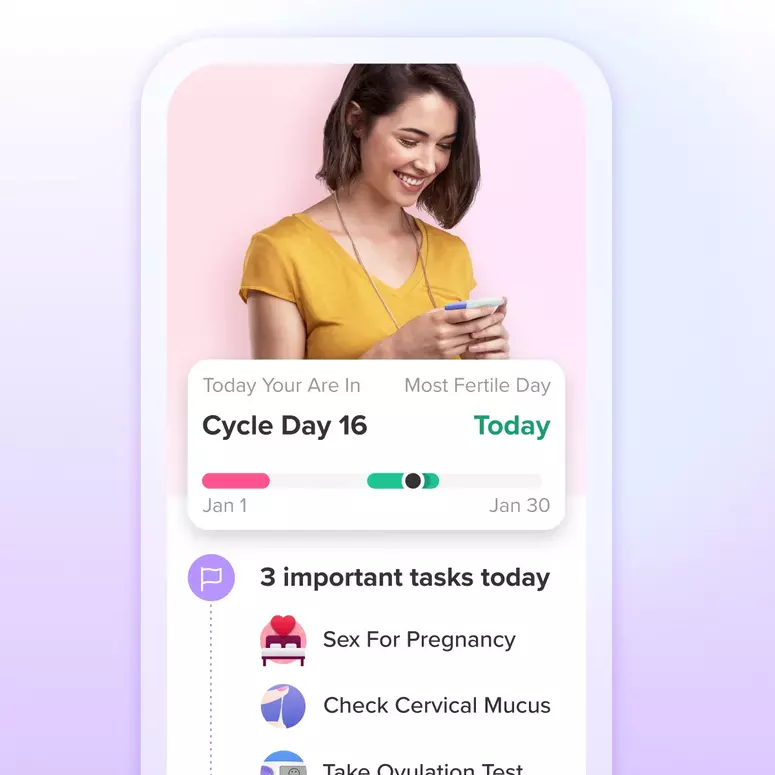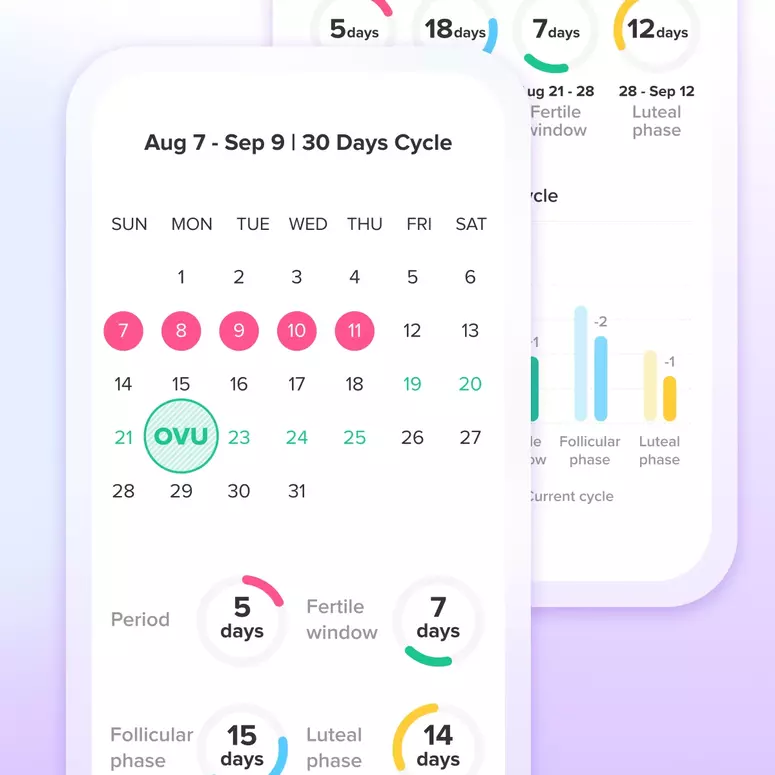
For couples embarking on the journey to parenthood, understanding the female reproductive cycle is paramount. While various methods exist to track fertility, basal body temperature (BBT) monitoring remains a simple, accessible, and valuable tool. This article explores why BBT thermometry is crucial for couples aiming to conceive.
Understanding the Basics
BBT refers to the body’s lowest resting temperature, typically measured upon waking before any activity. After ovulation, the surge in progesterone causes a slight but noticeable rise in BBT, usually between 0.4°F and 1.0°F (0.2°C and 0.6°C). By consistently charting these temperature fluctuations, couples can identify the fertile window, the period during which conception is most likely.

Pinpointing Ovulation
The primary advantage of BBT tracking is its ability to retrospectively confirm ovulation. While ovulation predictor kits (OPKs) detect the LH surge preceding ovulation, BBT charts provide concrete evidence that ovulation has occurred. This confirmation is crucial for couples with irregular cycles or those struggling to interpret OPK results. By identifying the temperature shift, couples can pinpoint the most fertile days, typically two to three days before the temperature rise and the day of the rise itself.
Identifying Potential Issues
BBT charting can also reveal potential fertility issues. For instance, consistently short luteal phases (the time between ovulation and menstruation) may indicate progesterone deficiency, a common cause of early pregnancy loss. Similarly, consistently anovulatory cycles (cycles without ovulation) can be identified through a flat BBT chart with no noticeable temperature shift. Recognizing these patterns empowers couples to seek timely medical advice and explore appropriate interventions.
Enhancing Communication and Shared Understanding
The process of BBT charting can foster open communication and a shared understanding between partners. It encourages couples to actively participate in the conception journey, promoting a sense of collaboration and mutual support. Discussing BBT charts can also alleviate anxieties and provide a tangible representation of the female partner’s cycle.
Complementary to Other Methods
BBT charting is most effective when used in conjunction with other fertility tracking methods, such as cervical mucus monitoring and OPKs. Combining these approaches provides a more comprehensive picture of the fertile window, increasing the chances of conception. Cervical mucus changes, for example, can indicate approaching ovulation, while OPKs predict ovulation. BBT confirms it.
Practical Considerations
To ensure accurate BBT readings, it’s essential to use a dedicated basal thermometer, which is more sensitive than a standard thermometer. Consistent measurement at the same time each morning, before getting out of bed, is crucial. Factors like illness, travel, and alcohol consumption can affect BBT, so it’s essential to note these occurrences on the chart. Many apps are available to easily track and visualize BBT data.
While not a foolproof method, BBT thermometry remains a valuable tool for couples trying to conceive. Its simplicity, affordability, and ability to provide concrete evidence of ovulation make it an essential component of fertility awareness. By understanding and utilizing BBT charting, couples can gain valuable insights into their reproductive health, enhance communication, and ultimately increase their chances of achieving their dream of parenthood.





